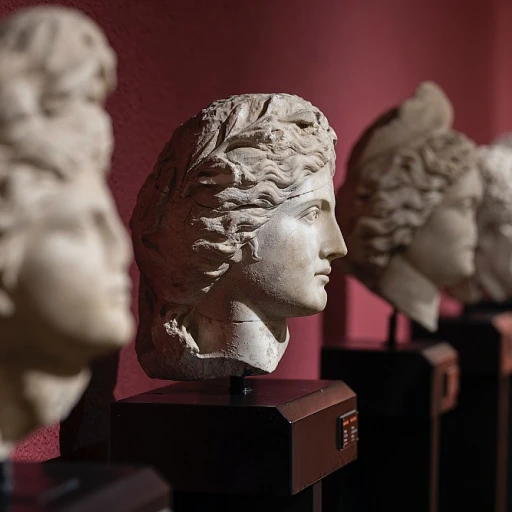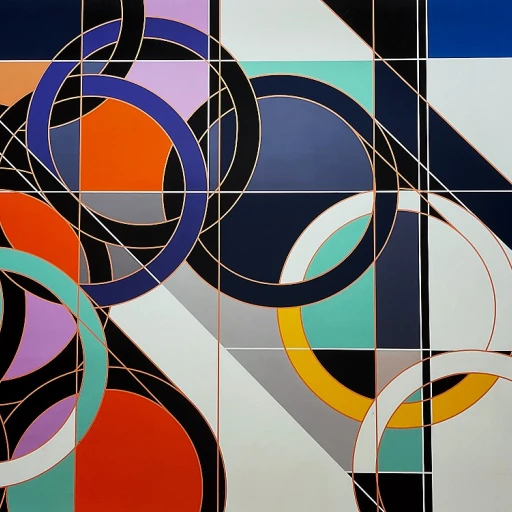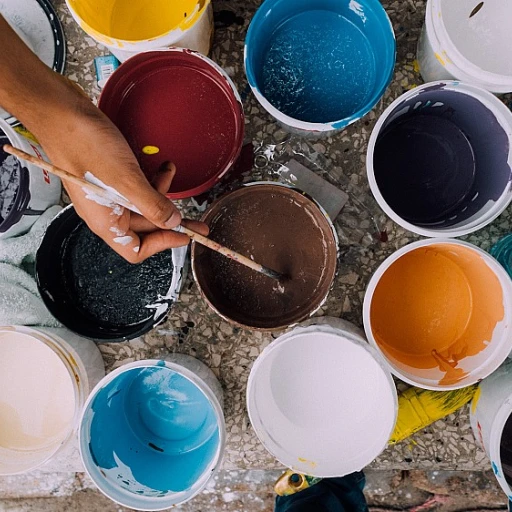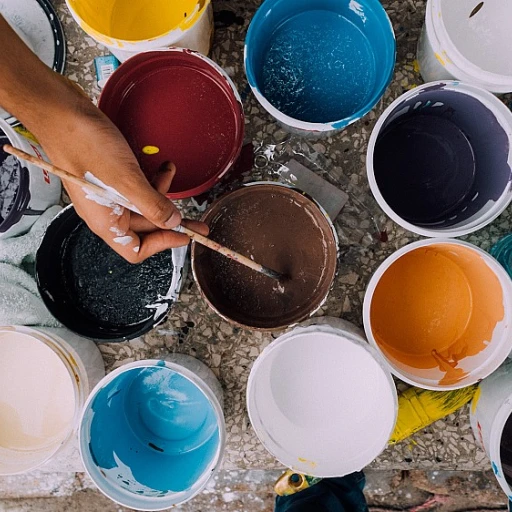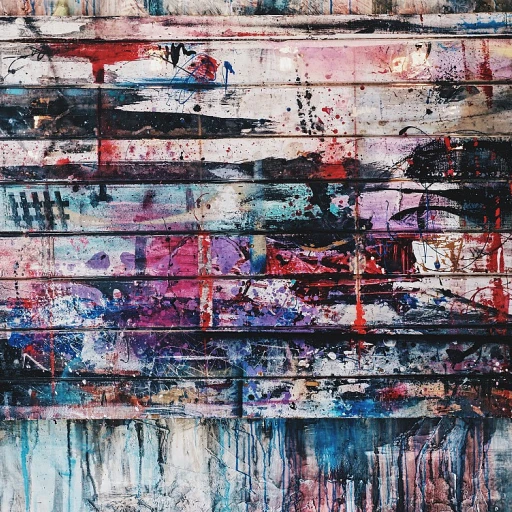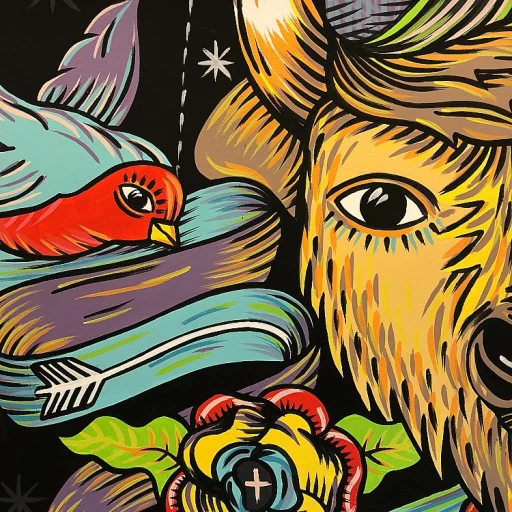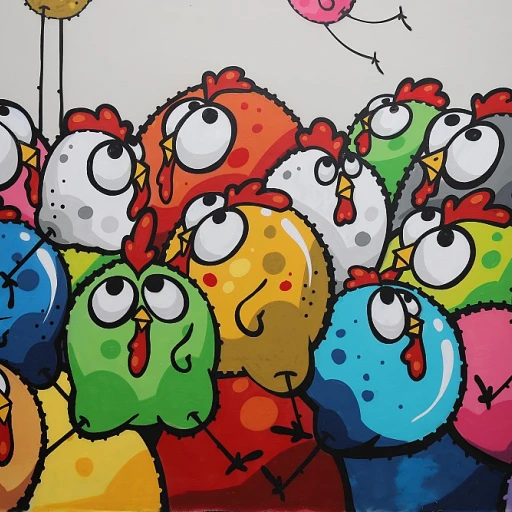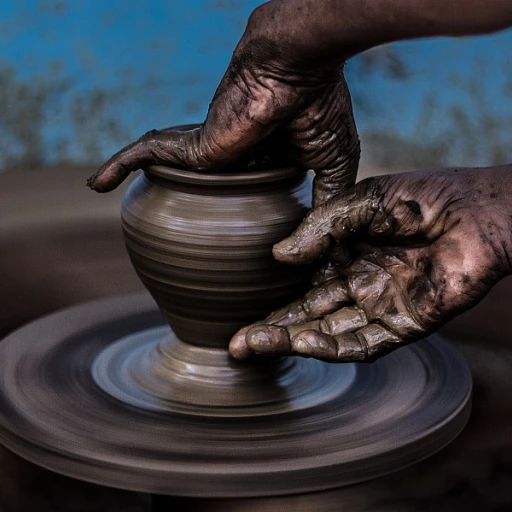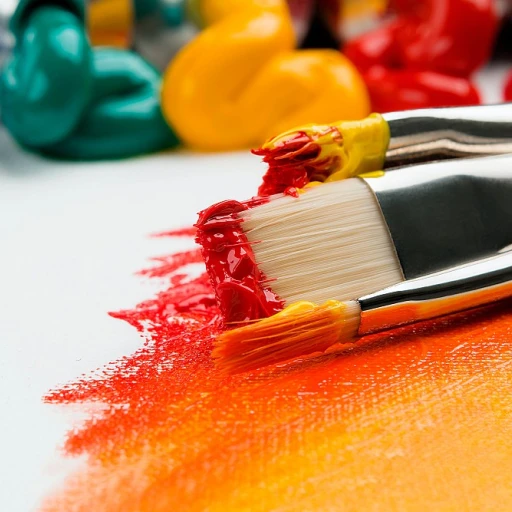-teaser.webp)
The Historical Significance of Virgin Mary Artworks
Tracing the Centuries of Influence
Virgin Mary artworks hold a profound place in the tapestry of art history, reflecting the evolving worship and reverence for Mary, the most prominent female figure in Catholic devotion. From the early Christian period to the Gothic and Baroque eras, representations of the Madonna and Child exemplify a continuity in faith through a changing mother-christ narrative.
In the realm of marian art, the intricacy and grace of depictions evolved as the centuries progressed. Initially characterized by simpler medieval iconography, these paintings gradually adopted more sophisticated artistic techniques, a reflection of the growing cultural prominence of the Virgin Mary. The Coronation of the Virgin and the Immaculate Conception are recurring themes that emphasize her divine status and influence, making them significant icons in the history of European art.
Frequently seen in fine art, these works were often crafted on a grand size, befitting their sacred subject matter. The evolution from basic imagery to the more elaborate and embellished representations (consider the evolution from medieval to Renaissance and then Baroque expressions) captures a broader shift in artistic interpretation. The enduring appeal of these timeless portraits reflects not only religious devotion but also the societal tastes and artistic movements of each respective century.
Artistic Techniques in Virgin Mary Representations
Artistic Brilliance: Techniques in Virgin Mary Art
The portrayal of the Virgin Mary throughout centuries has captivated the art world with its mastery and complexity. Artworks featuring Mary, often depicted with the child Jesus, have evolved in their techniques, yet consistently showcase an exquisite level of craftsmanship. The use of color and texture in these paintings has been a significant part of their allure. Artists have utilized fine art techniques, with strokes filled with vibrant hues to bring religious stories to life. In the representation of the Madonna and child, the precision in stroke width and fill creates an intimate connection with onlookers. Virgin Mary artworks often boast attributes of Marian art that communicate divinity and motherhood. Historically, these pieces have employed a range of styles—from the grandeur of the Coronation of the Virgin to the subtlety of the Holy Family depictions. Each selected fill and stroke width plays a crucial role in conveying the profound reverence embodied in these works. The celebrated Immaculate Conception paintings highlight the artist's ability to merge religious iconography with human emotion. Renowned pieces from the past century exhibit a skillful cls fill that enhances the experience of viewing the divine mother, Mary. In recent years, paintings capturing the elegant features of the Virgin Mary continue to resonate in luxury art collections. These artworks, whether small scale or size giant, are revered for their artistic stroke and holy themes. From large framed art prints to intimate dedede size canvases, the artistry involved in creating these iconic pieces remains unmatched. The combination of historical significance, artistic techniques, and the saintly portrayal of Mary ensures that these artworks maintain their status as cherished treasures within both religious and art circles.The Role of Virgin Mary Artworks in Luxury Collections
The Allure of Marian Art in Prestigious Collections
In the realm of luxury art collections, the inclusion of Virgin Mary artworks stands as a testament to the profound appreciation for both their spiritual significance and aesthetic elegance. The allure of Marian art resides in its dual role - as a depiction of devout imagery and as a showcase of exceptional artistic prowess that spans centuries.
Virgin Mary paintings, featuring the sublime representation of the madonna and child, hold a significant place among collectors of fine art. These works are often framed art pieces that highlight meticulous stroke techniques, regal color palettes, and timeless narratives, all centered around the holy family. They serve as focal points in prestigious collections, admired for their ability to fill a space with a sense of tranquility and reverence.
Collectors are particularly drawn to works that illustrate pivotal moments such as the Immaculate Conception and the Coronation of the Virgin. These paintings, whether a grand depiction in size giant or an art print revered for its intricate design, are valued not only for their historical context but also for their ability to transcend time through their exquisite visual language.
Further elevating their desirability, many of these artworks often feature selected elements of embellishment, such as a dedede size fill or a subtle ffffff stroke, enriching the overall presentation. This attention to detail is mirrored in the careful curation practices seen in luxury art spaces and heightens the standing of such works within the art market.
For those looking to enhance their environments with culturally significant and aesthetically captivating pieces, the selection of Virgin Mary paintings is a choice that radiates both exclusivity and profound faith. It's no wonder then, that these sacred depictions continue to be staple inclusions in luxury art collections worldwide. Explore more about integrating scriptural artworks into luxury interiors here.
Market Trends and Valuation of Virgin Mary Artworks
Current Trends and Valuation in the Luxurious Art Market
The intersection of faith and art through Virgin Mary representations continues to allure collectors and investors with its timeless appeal. These precious pieces stand as treasures not only for their religious significance but also for their cultural and historical value. Recent trends indicate a growing demand for such artworks, with collectors keen on owning a piece of this revered heritage, long associated with both spiritual and aesthetic admiration.
The valuation of Virgin Mary artworks is influenced substantially by their provenance, artistic technique, and historical context. Paintings depicting the Immaculate Conception, the Coronation of the Virgin, or the Madonna with Child are esteemed for their vivid portrayal of Marian narratives. The careful brush stroke, the subtle use of color, and the integration of symbolic elements all enhance their artistry and contribute to their high valuation in fine art and luxury auctions.
Prominent auction houses report that pieces encapsulating the Holy Family or more focused depictions such as the Madonna and Child from as early as the 15th century often fetch record prices. However, it is not only the age or the painter that dictates price; smaller framed art and selected prints with a high level of craftsmanship also compete in value with larger paintings.
In contemporary markets, the desire for authenticated, pristine condition Madonna paintings or art prints remains high. Collectors invest with the understanding that the rarity and story behind each piece enhance their investment portfolios while maintaining a collection of beautiful, sacred art pieces. For enthusiasts, a well-curated Virgin Mary art collection is a testament to both personal devotion and discerning taste.
Challenges in Acquiring Authentic Virgin Mary Artworks
Securing Authentic Gems in the World of Marian Art
The acquisition of Virgin Mary artworks poses a unique set of challenges for collectors and enthusiasts immersed in the landscape of fine art. The desire to own a piece often eclipses the complexities involved in ensuring authenticity. From paintings that capture the serene expression of the madonna to intricate depictions of the holy family, mastering the art of obtaining genuine items is crucial. Aspiring collectors face numerous hurdles stemming from the sheer volume of reproductions and prints available in the market. While contemporary renditions vary in style, ranging from delicate strokes capturing the mother and child to grand portrayals of the immaculate conception, discerning the age and originality is critical. A detailed understanding of art techniques and provenance is indispensable to verify the authenticity of an artwork, especially when high-quality framed art pieces or prints are involved. Moreover, the nuanced history embedded in marian art, spanning centuries and encompassing various representations such as the coronation virgin or the madonna with child, necessitates a trained eye. Art historians and experts often assist in identifying key attributes unique to specific periods or artists. Factors such as the canvas size, width size, and even stroke width play a vital role in authenticating antique items. For instance, a consistent fill ffffff and stroke width observed across multiple works can provide clues to an artwork's authenticity. Another layer of complexity is introduced by the thriving online marketplaces and auction houses where such artworks frequently surface. While these platforms offer access to exquisite pieces, the potential for encountering forgeries also increases. Buyers are advised to consult with reputable auction houses and request comprehensive provenance documentation, ensuring the historical significance of a piece aligns with personal acquisition goals. Navigating these challenges with diligence not only enhances one's collection but also fosters a deeper appreciation for the elegance and sanctity present in Virgin Mary artworks, each stroke, cls fill, and color selection narrating a story steeped in religious and artistic heritage.Notable Virgin Mary Artworks in Luxury Auctions
Iconic Renditions and Their Market Prestige
In the sphere of high-end auctions, Virgin Mary artworks have consistently held a position of prestige, reflecting both historical importance and artistic mastery. Whether it’s the exquisite stroke showcasing the Madonna and Child or the imbued elegance of Marian art, these pieces often command attention due to their deep-rooted religious and cultural significance. Collectors looking to acquire a piece of this art history often focus on certain key elements:- Artistic Techniques: The finesse in the brushwork and the choice of colors, such as the blues and reds typically associated with the Virgin, often play a pivotal role.
- Historical Context: Artworks from earlier centuries, especially those symbolic of the Immaculate Conception or Coronation of the Virgin, are particularly prized for both their rarity and the narrative they carry.
- Rarity and Authenticity: The challenge lies not only in the acquisition but also in the verification of authenticity, as discussed previously. Ensuring original art prints or paintings, particularly those dating back several centuries, requires expertise and access to provenance records.
- Cultural Significance: The depiction of Mary as the Mother of Christ or scenes from the Holy Family elevates a piece’s desirability, due to their universal resonance and depiction across various artistic movements.


